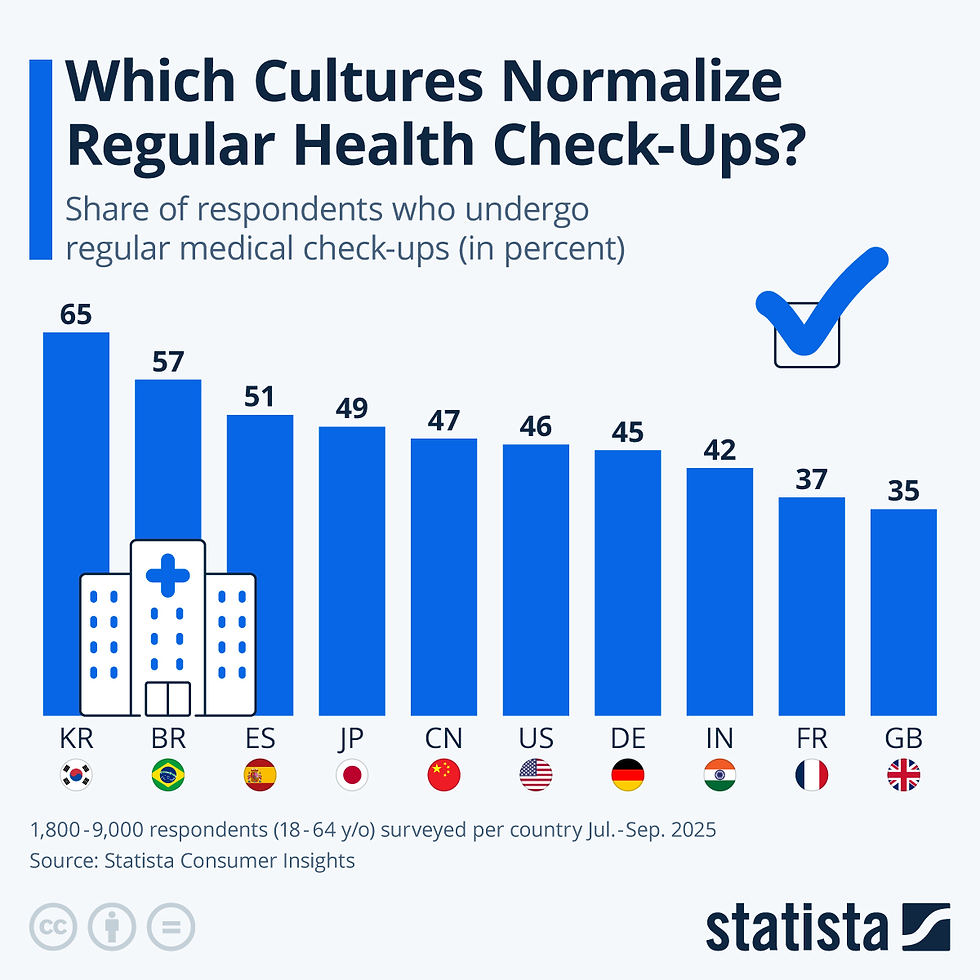The U.S. Consumption Footprint
- raquelasg7
- Dec 5, 2023
- 2 min read

This article is published in collaboration with Statista
by Katharina Buchholz
Right between the consumerist temptations of Black Friday and Cyber Monday, dissenting occasions are telling us to tone it down, shop differently or not at all. This Saturday marks both Buy Nothing Day and Small Business Saturday. While the latter occasion might encourage consumers to shop locally and more selectively, Buy Nothing Day goes once step further, highlighting the major impact all household consumption patterns have on emissions, land, water and material use.
A landmark study by Ivanova et al. published in 2015 find that annual U.S. household consumption creates 5.6 billion tonnes of CO₂ equivalent emissions as well as using 6.9 million km² of land, 196,000 cubic megameter of water and 5.5 trillion tons of domestically extracted materials. On a global scale, household consumption equals 60 percent of all CO₂ equivalent emissions and between 50-80 percent of all land, water and material use.
Taking a closer look at what type of consumption creates which footprint in the U.S., food stands out as being responsible for a large share of households' land and water use - between 45 to 65 percent, in line with global results. While food is a basic need, large amounts of it are wasted around the world before and after they come to market, with estimates on how much varying.
Services utilized by households meanwhile are surpassing the CO₂ emissions of both the shelter & utilities and the mobility category, while being associated with the second-highest shares of land and water use as part of household consumption. They also use the most materials, ahead of food and manufactured products.
The latter category into which a lot of elective purchases fall, also uses more water than households themselves. Services and manufactured goods put together create only a little less emissions than those associated with all of an average household's mobility and heating/utility budget, at 42 percent versus 49 percent. Clothes have a smaller impact overall, but considering that they are a small part of all the energy, shelter, food, goods and services a household consumes, still have a substantial impact at 2-4 percent across categories.
Start leaning Data Science and Business Intelligence tools:
createandlearn#analytics#dashboard#finance#accounting#tableau#powerbi#excel#sales#datascience#businessintelligence




























Comments